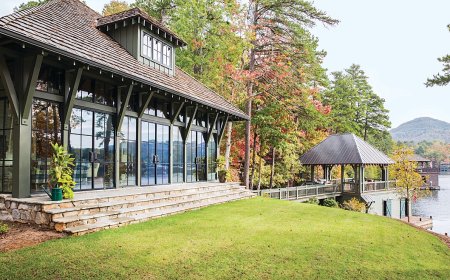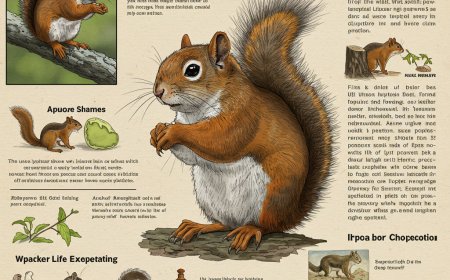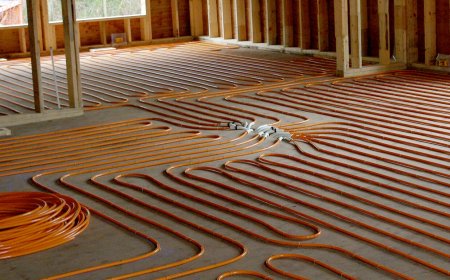Stump Grinding: The Ultimate Guide to Removing Tree Stumps Efficiently
Stump grinding is the smart way to finish any tree removal project. It’s fast, affordable, and leaves your yard looking better. Whether you do it yourself or hire a professional, getting rid of stumps is an investment in the safety, beauty, and health of your property.

Cutting down a tree is only half the jobwhat remains is often an unsightly, space-wasting stump. Thats where stump grinding comes in. It's quick, efficient, and leaves your yard looking clean and usable again. Lets break down everything you need to know about this essential tree service.
What Is Stump Grinding?
Stump grinding is the process of using a machine to shred the stump into wood chips below ground level. The machine grinds the wood into mulch, usually 4 to 12 inches deep, depending on your future landscaping plans.
Why You Shouldnt Leave a Stump Behind
It might seem harmless, but tree stumps can lead to:
-
Tripping hazards
-
Insect infestations
-
Fungal diseases
-
Unwanted regrowth
Plus, lets be honestit doesnt look great.
The Problems Caused by Tree Stumps
Safety Hazards
Theyre easy to trip over, especially in high-traffic areas or if hidden by grass.
Pest and Insect Infestations
Stumps attract termites, ants, beetles, and other critters you dont want near your home.
Root Regrowth
Even without a tree, some stumps can sprout suckers and regrow, creating new problems.
Curb Appeal and Property Value
A clean yard looks better and increases your homes appeal to buyers.
Stump Grinding vs. Stump Removal
Whats the Difference?
-
Grinding: The stump is shredded to mulch below ground level.
-
Removal: The entire stump, including roots, is dug out.
Pros and Cons
| Feature | Grinding | Removal |
|---|---|---|
| Speed | Fast | Slower |
| Cost | Cheaper | More expensive |
| Root Removal | No | Yes |
| Soil Disturbance | Minimal | High |
Which One Should You Choose?
Choose grinding if you want quick, affordable results with minimal yard damage. Go for removal if you plan to replant in the exact spot or deal with invasive roots.
How Stump Grinding Works
Equipment Used
Stump grinders come in various sizesfrom handheld to large tracked machines.
Step-by-Step Process
-
Clear debris and rocks from around the stump
-
Position grinder over stump
-
Lower blade to grind stump in layers
-
Continue until desired depth is reached
-
Rake up and remove wood chips or repurpose as mulch
Depth and Clean-Up
Grinders usually go 412 inches deep. Afterward, the hole is filled with mulch and soil.
When Is the Best Time to Grind a Stump?
Seasonality and Weather
Stump grinding can be done year-round, but dry conditions are safer and cleaner.
After Tree Removal
Its best to grind the stump as soon as possible to prevent rot, pests, and regrowth.
Cost of Stump Grinding
Factors That Affect the Price
-
Stump size and height
-
Root spread
-
Accessibility
-
Number of stumps
Average Cost Per Stump
-
Small (under 12 inches): $60$120
-
Medium (1224 inches): $120$200
-
Large (24+ inches): $200$400+
Is It Worth the Investment?
Absolutely. It prevents future issues and improves your propertys usability and value.
DIY Stump Grinding: Is It a Good Idea?
Pros and Risks
Pros: You save on labor costs.
Risks: Its dangerous, messy, and physically demanding.
Equipment Rental Costs
Rentals range from $100$300/day, plus safety gear.
Safety Tips
-
Wear goggles, gloves, steel-toed boots, and ear protection.
-
Never operate near children or pets.
-
Know how to operate the machine or hire a pro.
Hiring a Professional Stump Grinding Service
What to Look for in a Contractor
-
Certified and insured
-
Experienced with local tree types
-
Equipped for the job
Questions to Ask Before Hiring
-
How deep will you grind the stump?
-
Will you remove debris afterward?
-
Are you insured?
Benefits of Going Pro
-
Safe, fast, and clean
-
No equipment rental hassles
-
Better long-term results
Eco-Friendly Disposal of Stump Debris
Using Mulch for Landscaping
The wood chips make excellent garden mulch, retaining moisture and reducing weeds.
Composting Wood Chips
Mix with green compost to create nutrient-rich soil additives.
Common Myths About Stump Grinding
It Kills All the Roots
False. Roots remain but usually decay naturally.
Its Bad for the Soil
Nopemulch can actually improve soil quality if used properly.
Grass Cant Grow There After Grinding
You can replant, just remove excess wood chips and fill with topsoil.
Alternatives to Stump Grinding
Chemical Treatments
Apply potassium nitrate to speed up decay. Takes months.
Burning the Stump
Risky and often illegal without permits. Not recommended in residential areas.
Natural Decay
Letting it rot naturally is slow and attracts pests.
Stump Grinding Safety Guidelines
Protective Gear You Need
-
Helmet
-
Eye and ear protection
-
Gloves and boots
-
Long sleeves and pants
Hazards to Watch For
-
Flying debris
-
Underground utilities
-
Sloped or uneven terrain
How to Prepare Your Yard for Stump Grinding
Clearing the Area
Remove rocks, sticks, and obstacles. Trim nearby grass.
Marking Underground Utilities
Call your local utility marking service before grinding.
What to Expect After Stump Grinding
Dealing With Leftover Sawdust
You can remove it, use it as mulch, or let it settle naturally.
How Long Before You Can Replant?
Wait 12 weeks, remove mulch, fill with soil, and you're good to go.
Conclusion
Stump grinding is the smart way to finish any tree removal project. Its fast, affordable, and leaves your yard looking better. Whether you do it yourself or hire a professional, getting rid of stumps is an investment in the safety, beauty, and health of your property.
FAQs
Q1: How long does stump grinding take?
Usually 1560 minutes, depending on the stumps size and location.
Q2: Can I plant a new tree where the stump was?
Yes, after removing wood chips and filling the area with topsoil.
Q3: Will stump grinding damage underground pipes or cables?
Not if you mark utilities in advance. Always call before digging.
Q4: Is it necessary to grind small stumps?
Even small stumps can cause issues like tripping or pest infestations.
Q5: Can stump grinding be done in the rain?
Light rain is fine, but muddy or wet soil can make it harder and messier.









































